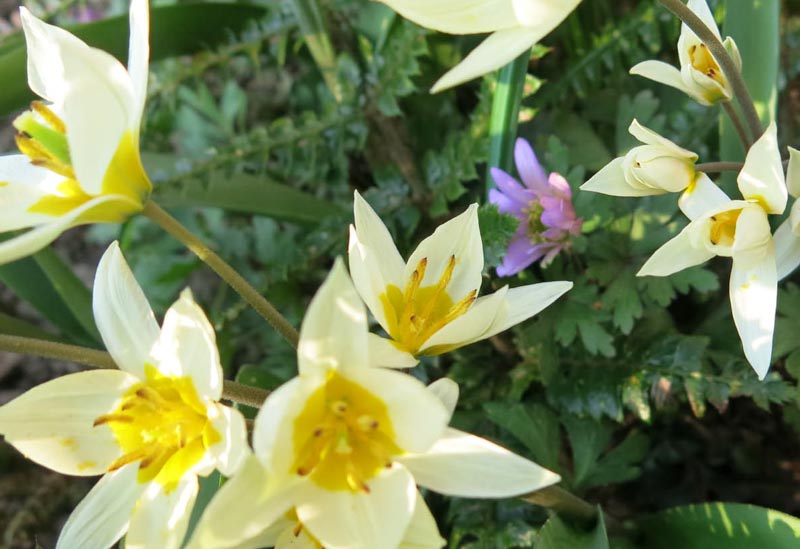I run on impulse. The CanWest Horticulture Show in Vancouver Canada kindly asked me to be one of their speakers in the Landscape Designers Symposium as part of their education program. All very exciting, and as prescribed in my DNA, I immediately agreed and so Canada, here I come! Reading the brief post scriptum, has made me somewhat nervous, as the attendees are to be treated to a session that will ‘inspire and enhance their professional and business development’ whilst I take them through ‘my design process’. My brain is now racing, as to how best to fill an hour and a half slot with, ‘it all just comes’, ‘it’s all in my head’. And professionally presented that is….
Designing a garden is completely intuitive, impulsively intuitive in my case. On meeting with the clients and visiting their garden or lack thereof, a mental jigsaw puzzle for the space, design and materials instinctively develops. Building on my frame of reference, the location, the house and adjacent flora and architecture provides the fabric of the design. There are no set patterns, packages, modules, or garden features in my designs, as no two gardens are the same. Getting to know the client is crucial, not just from a personal point of view, but understanding what they’d like from a garden, if they’re active gardeners or not, their house style and even shopping habits. Are they Ikea shoppers or antique auctions frequenters?
Longevity
Granted, gardens are not forever, but I design for the long term. Gardens can be made to look like show rooms, which is fine if one is creating a garden for a developer, but most of my clients are looking for a forever garden. The timeless garden is a tad utopic, but as long as one works with the location, rather than impose a garden on that location, the design should have longevity. Especially so, if created from clear understanding of the client and their requirements.
Do an image search on Google of ‘garden design London’. The search reveals an array of contemporary garden designs, that astonishingly all look exactly the same. Oodles of stainless steel, slick, sharp lines, uber modern, typically geolinear designs, that already look rather outdated. Keeping to the traditional pallet of materials is my tried and tested route, as it is less likely to date quickly. Opt for local materials, traditional or common to that area. As much as I love brick and flint walls, they’d be inappropriate for a garden in Tunbridge Wells. Similarly, London stock was really the only choice for the walls and brick piers for a recent project in Knightsbridge.
Colourful briefs
Understanding the brief is key to a successful outcome of a garden design, where success can only be measure by the degree of adoption by the client through its ability to fulfill their needs for the space. A real challenge, but a part of the job that I love.
Briefs can be rather colourful, often contradictory: ‘traditional but contemporary’, but once you know your client, the answers are quickly evident. Only once did a brief completely fox me. ‘We’d like a self-catering garden’ was the requirement. Kitchen, was about as far as I could get on that one….
Design
I will never understand how some designers are able to produce a set of designs from which the client can then choose their preferred. Whilst I am happy to revise and edit, to me that is like writing a set of different novels. I can’t do that. For me, the design just comes, and the lines that come are the right ones for that space. Areas in the garden, simply lend themselves to specific designs, features and/or plants..
On occasion, there is little within a garden from which to draw inspiration. In those instances, inspiration comes from looking at the house, the adjoining rooms to the garden, the furniture, kitchen style and so forth, from which one can build. For a recent project in Balham in London, much of what was the existing garden, had to go. The clients were at the same time creating their perfect kitchen, which through newly-installed bi-fold doors opened up to the garden. They presented me with their detailed mood boards, and I thought that the garden could be just that, a mood board. Though a small space, the garden now has varying dimensions of interest, and is very much a compelling extension from the kitchen.
I’ll be back….
Quite rightly clients expect their chosen garden designer to be fully committed to their brief and the project. And, just as clients expect my full dedication, I too look for their commitment to look after the resultant garden and ensure that it does grow and mature into its true design. From time to time, I go back to check on progress and if required, tweak….

